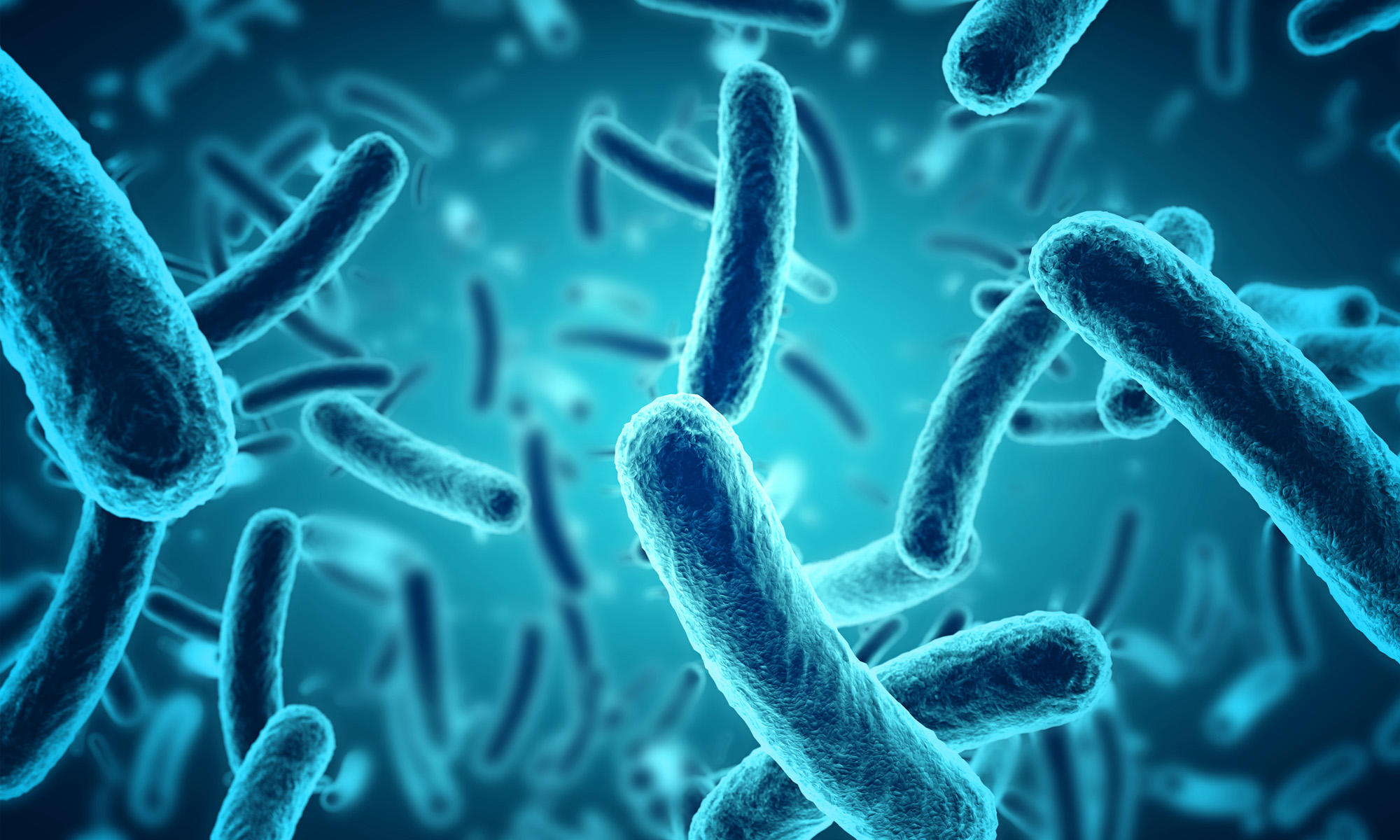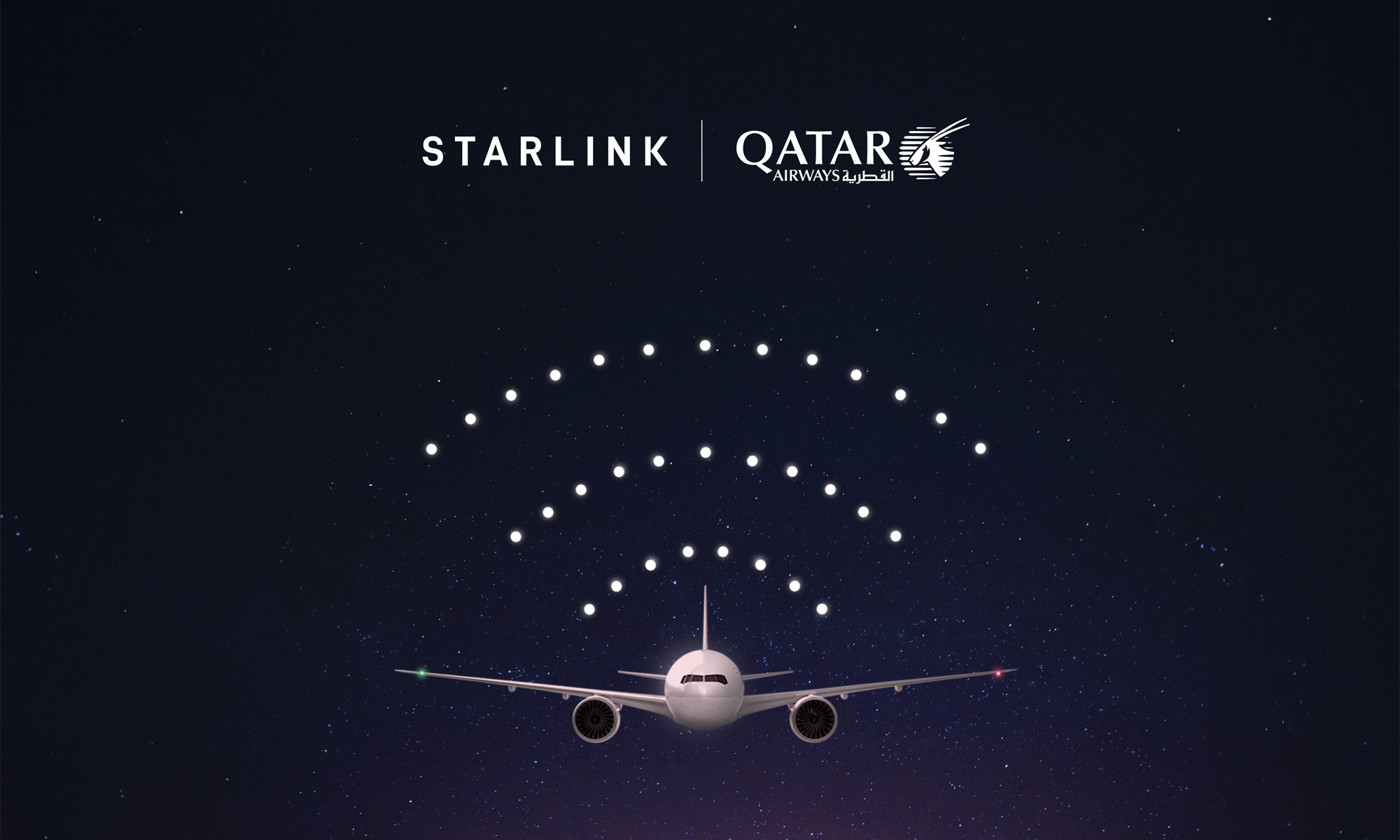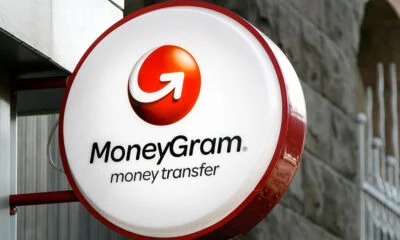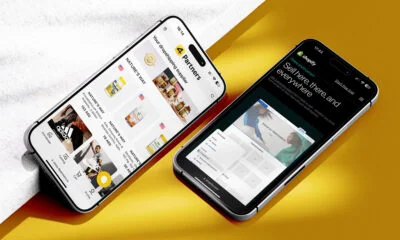News
Scientists Discover Bacteria That Makes Toxic Water Safe To Drink
Treating wastewater using the newly discovered bacteria doesn’t require expensive equipment and chemicals, so it can be done at scale at a reasonable price.

UNICEF and the World Health Organization (WHO) estimate that 1 in 3 people in the world don’t have access to safe drinking water. In places where safe drinking water is scarce, nutrition-related problems are prevalent, children have trouble staying focused in school, and diseases caused by bacteria and unhygienic practices are common.
Solving this global problem is one of the greatest challenges of our time, which is why many scientists from around the world are researching all kinds of methods for making unsafe water drinkable.
Among them are Dr. Vishal Mishra and PhD student Veer Singh from the Indian Institute of Technology, Banaras Hindu University (IIT-BHU). Recently, the two scientists have published a paper in the Journal of Environmental Chemical Engineering, describing their discovery of a bacteria capable of separating toxic metal from wastewater and making it safe to drink.
They named the bacteria “Microbacterium paraoxydans strain VSVM IIT (BHU),” and described it as very effective when it comes to the elimination of hexavalent chromium, a known carcinogen and a reproductive toxicant present in many water sources around the world.
“It is very effective for removal of hexavalent chromium from wastewater compared to other conventional methods,” said Dr. Mishra. “This bacterial strain showed fast growth rate in the Hexavalent chromium Cr (VI) containing aqueous medium and gets easily separated from the aqueous medium after the treatment process”.
Also Read: Istanbul Fights Disease-Carrying Mosquitoes Using A Smartphone App
Treating wastewater using the newly discovered bacteria doesn’t require expensive equipment and chemicals, so it can be done at scale at a reasonable price.
In India, the country from where the two scientists come from, less than 50 percent of the population has access to safely managed drinking water, and water contamination is present in more than 1.96 million dwellings. Hopefully, this and other similar discoveries will eventually help reduce these numbers to zero.
News
Qatar Airways Debuts World’s First Boeing 777 Starlink Flight
The airline has ambitious plans to roll out the high-speed, low-latency service across its entire Boeing 777 fleet within a year.

Qatar Airways has taken a significant step ahead of the competition by being the first operator to offer Starlink internet on a Boeing 777 aircraft traveling from Doha to London.
As the largest and first airline in the MENA region to offer Starlink’s ultra-high-speed, low-latency internet, Qatar Airways continues to raise the bar for in-flight services after winning the coveted Skytrax “World’s Best Airline” for 2024 award.
Initially, the carrier planned to outfit three Boeing 777 aircraft with Starlink technology. However, by the end of 2024, the airline will have upgraded 12 Boeing 777-300s with this service. Further ahead, the entire Boeing 777 fleet is set to be Starlink-equipped by 2025, one year earlier than originally scheduled, with the Airbus A350 fleet following suit by mid-2025.
This rollout demonstrates Qatar Airways’ dedication to enhancing in-flight connectivity and will enable passengers to stay in touch with family and friends, stream media, watch live sports, work remotely, and even play online games — all at 35,000 feet.
Qatar Airways Group Chief Executive Officer, Engr. Badr Mohammed Al-Meer expressed excitement about the debut flight, stating: “We are thrilled to launch our first Starlink-equipped flight, proving once again why Qatar Airways is at the forefront of the aviation industry”.
Also Read: A Guide To Digital Payment Methods In The Middle East
He continued, “Paired with our commitment to rapidly rollout Starlink across our entire modern fleet, [Qatar Airways] demonstrates our relentless pursuit of offering passengers an in-flight experience that transcends the constraints of traditional air travel”.
By launching its first Starlink-equipped aircraft, Qatar Airways has achieved several milestones, including operating the world’s first Boeing 777 widebody with the service onboard. Qatar Airways’ strategic partnership with SpaceX ensures passengers will continue to enjoy an unmatched in-flight experience, and not only represents a breakthrough for Qatar Airways but also sets a new standard for in-flight connectivity globally.






















